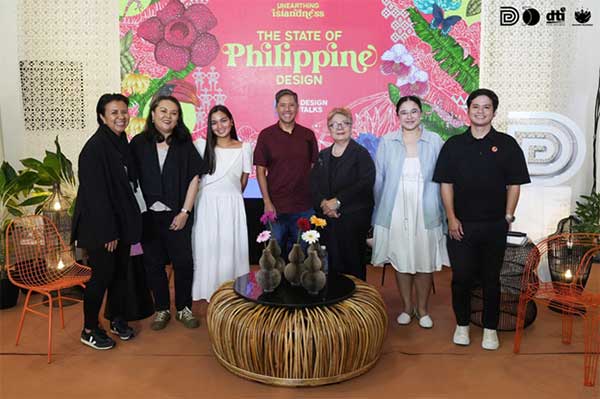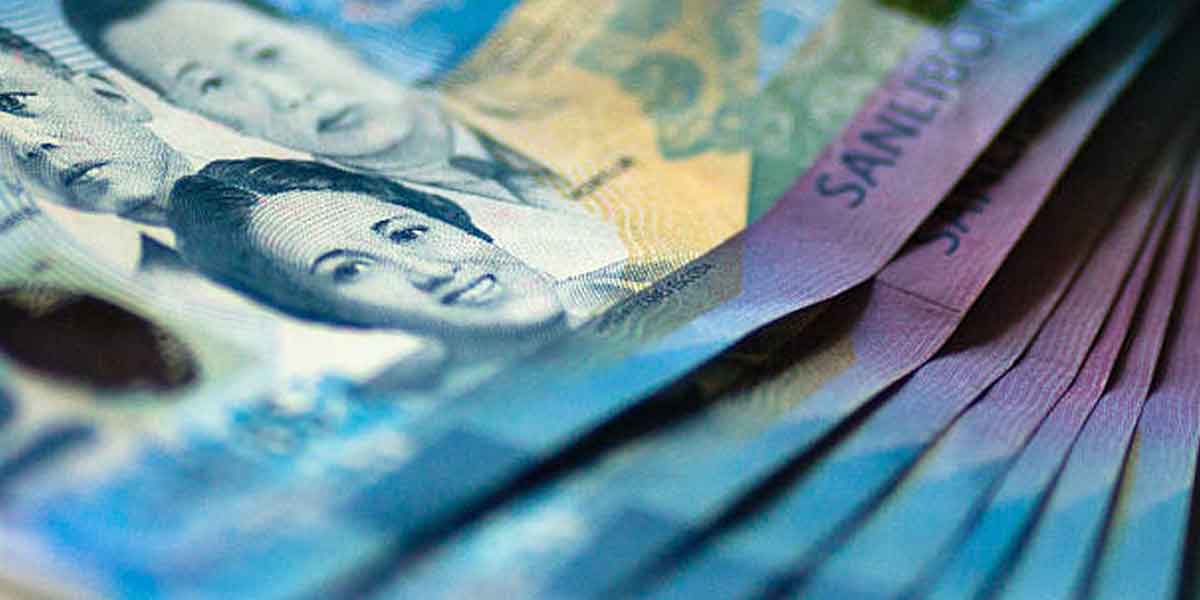
Can design empower regions and uplift communities to shape a sustainable future?
Designers and anthropologists tackled these questions as they gathered at the opening event of Design Week Philippines on October 12 in Yuchengco Museum to explore how Filipino creativity, guided by the theme “Unearthing Islandness,” can lean on indigenous philosophies and generational knowledge to reframe sustainability, heritage, and innovation in the country’s design landscape.
At a panel discussion entitled “The State of Philippine Design”, leading Filipino designers, creatives and researchers noted the growing influence of design thinking principles in addressing social challenges across the public and private sectors in the Philippines.
The Design Week Philippines, organized by the DTI-Design Center of the Philippines, is the country’s festival for Philippine design and creativity. It is the only Philippine design festival national in scope, with talks, workshops, tours, and experiences in one week, and partner events throughout the country from October 12-19.
Over 15 cities in 10 regions are celebrating Design Week with their own local programming. The Design Center is proud to bring its festival platform nationwide.
“Design can open doors for citizens to deepen their appreciation for our heritage and our culture; it’s becoming a foundational tool and catalyst for social change, community development, and economic growth.” Design Center of the Philippines Executive Director Rhea Matute said.
As the creative sector pivots toward sustainability not just environmental but including social, cultural and economic, the spotlight is on Filipino designers who are using the nation’s archipelagic values to create solutions that resonate both locally and globally.
According to the Philippine Statistics Authority, the creative economy contributed PhP 1.72 trillion to the country’s GDP in 2023, accounting for 7.1 percent of the national economy.
“The strength of Filipino design lies in its ability to marry tradition with innovation, crafting solutions that are not just relevant to our communities but also influential on the global stage. After all, design is what links creativity and innovation” Matute said.
“Through platforms like Design Week, we aim to empower our design community across the country to envision and create products, places, and policies that echo far beyond our shores,” Matute said.
“By embracing our unique archipelagic sensibilities, we’re not just designing for today—we’re designing a framework that unleashes Filipino ingenuity and cultural heritage towards long term growth, national prosperity, and global impact.



















